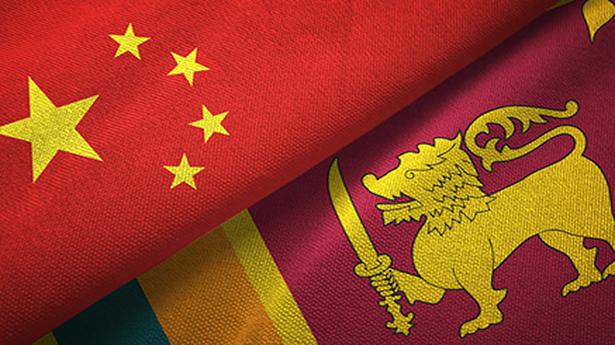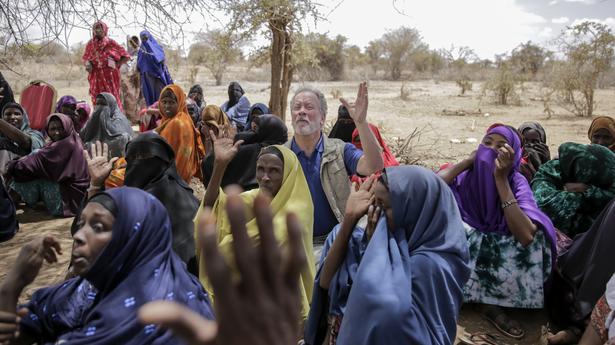An airport without planes, a revolving restaurant with no diners, a debt-laden seaport — Sri Lanka’s economic crisis has been exacerbated by Chinese-funded projects that stand as neglected monuments to government extravagance.
The South Asian island nation borrowed heavily to plug years of budget shortfalls and trade deficits, but squandered huge sums on ill-considered infrastructure projects that have further drained public finances.
Many of the white-elephant projects that helped fuel the current crisis now gather dust in Hambantota district, home of the powerful Rajapaksa clan, which used its political clout and billions in Chinese loans in a failed effort to turn the rural outpost into a major economic hub.
The centrepiece of the infrastructure drive was a deep seaport on the world’s busiest east-west shipping lane, which was meant to spur industrial activity.
Instead, it has haemorrhaged money from the moment it began operations.
“We were very hopeful when the projects were announced, and this area did get better,” Dinuka, a long-time resident of Hambantota, said. “But now it means nothing. That port is not ours and we are struggling to live.”
The Hambantota port was unable to service the $1.4 billion in Chinese loans rung up to finance its construction, losing $300 million in six years.
In 2017, a Chinese state-owned company was handed a 99-year lease for the seaport — a deal that sparked concerns across the region that Beijing had secured a strategic toehold in the Indian Ocean.
Overlooking the port is another Chinese-backed extravagance: a $15.5 million conference centre that has been largely unused since it opened. Nearby is the Rajapaksa Airport, built with a $200 million loan from China, which is so sparingly used that at one point it was unable to cover its electricity bill.
In the capital Colombo, there is the Chinese-funded Port City project — an artificial 665-acre island set up with the aim of becoming a financial hub rivalling Dubai. But critics have already sounded off on the project becoming a “hidden debt trap”.
China is the government’s biggest bilateral lender and owns at least 10% of its $51 billion external debt. But analysts believe the true number is substantially higher if loans to state-owned firms and Sri Lanka’s central bank are taken into account.
The borrowing contributed to Sri Lanka’s dire fiscal predicament.
“Fiscal profligacy over many decades and weak governance… got us into trouble,” Murtaza Jafferjee, chairman of Sri Lanka’s Advocata Institute think tank, said.








